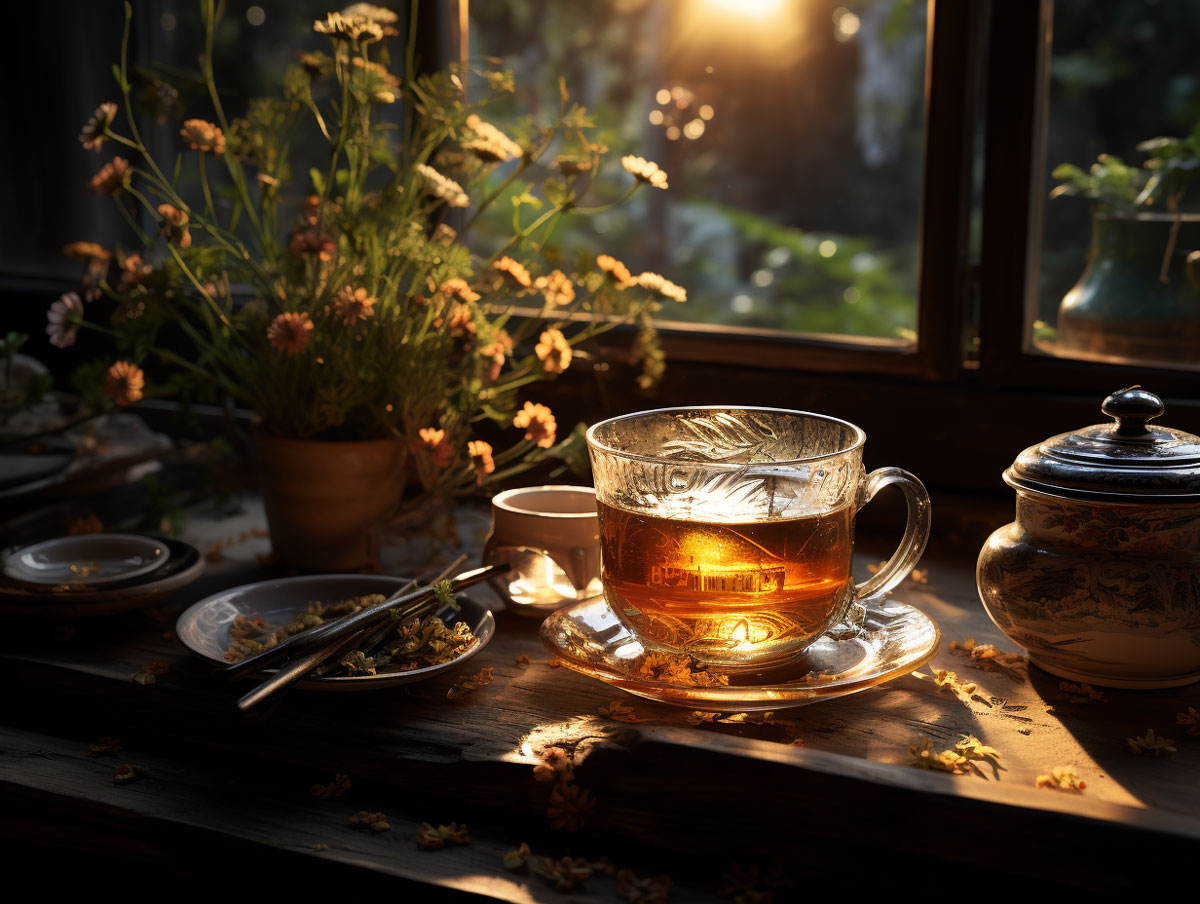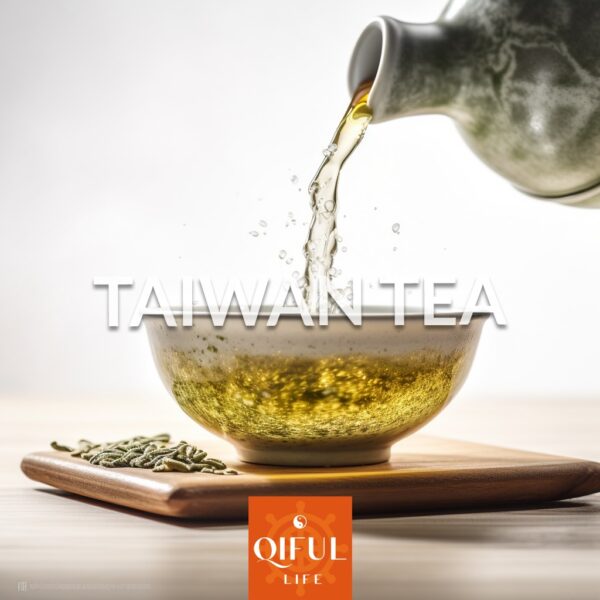Gourmet Tea » Tea Blog » Tea Information » Aged Puerh Tea Buying Guide

Aged Puerh Tea Buying Guide
Buying Aged Puerh Tea can be confusing, especially given all the choices in the market. The year of Puerh tea, in particular, can be a significant factor for enthusiasts and collectors. However, for regular tea consumers, it’s more important to trust your taste preferences than focusing solely on the year. In this article, we cover important points to consider when entering aged puerh tea purchasing.
Taste Matters
The most crucial factor in enjoying Puerh tea is its taste. If you find a tea that you enjoy and it tastes clean and good to you, it’s worth buying, regardless of the year. Taste should be your primary consideration.
Understanding the Year
- Raw Puerh Tea: Puerh teas that are 1-2 years old typically have a bitter taste with a sweet aftertaste. Good Puerh teas have a faster and longer-lasting sweet aftertaste. If you prefer a less bitter taste and a quicker transition to sweetness, consider buying raw tea that has been aged longer.
- Ripe Puerh Tea: Ripe Puerh tea undergoes manual fermentation and can be consumed immediately. Newly fermented tea may have a fermentation smell that needs time to dissipate. Typically, after 2-3 years, the fermentation smell disappears, and the tea tastes its best. Longer aging usually results in better taste. Note that, compared to raw tea, same-year ripe tea is often cheaper.
Consider the Tea’s Origin
- The region where the tea trees grow can affect the taste of Puerh tea. Some sellers may claim that Puerh tea from a year with drought in Yunnan is sweeter and has lower production. While this claim may sound plausible, it’s essential to remember that the taste of tea depends more on the type of tea tree and the region than on the specific weather conditions in a given year.
Aged Puerh Storage Duration Matters
Many Puerh tea enthusiasts buy tea for aging. Storing Puerh tea for a couple of years can enhance its flavor. By waiting for a few years to drink it, you can experience the flavor transformations and increase the tea’s value. If you intend to store tea, consider buying newer tea or tea within the first year or two after production. These teas are more affordable, and after a couple of years of aging, they often taste better and become more valuable.






